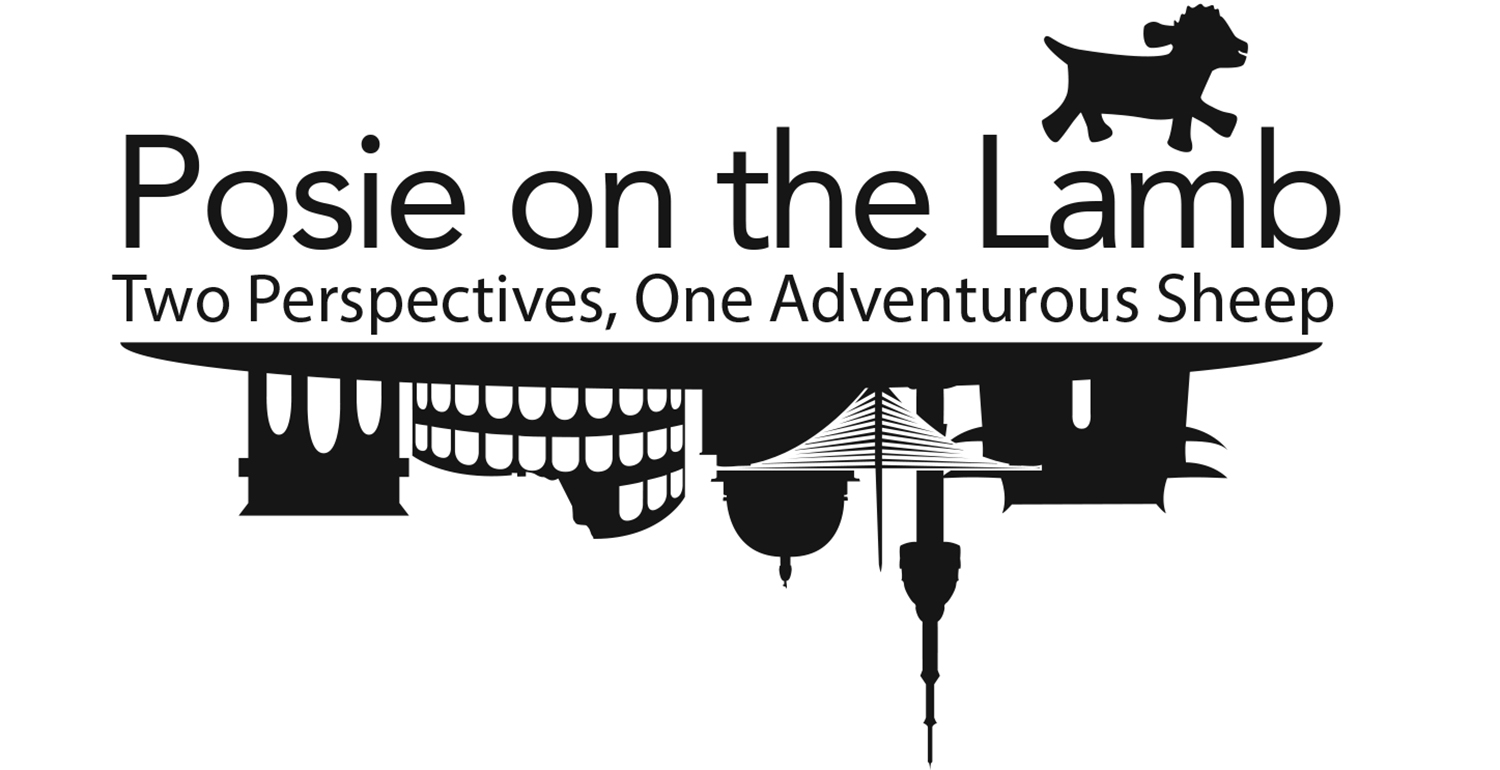A Taste of Cambodia

I recently added eating to my list of hobbies. Ok, it's always been on the list; I just didn't tell people. Nowadays, I put it in my top three favorite pastimes, because...A) most people figure it out anyway,
and B) I get great food and restaurant recommendations this way.
Our tuk tuk driver in Battambang used this to both our advantages, and suggested we hire him for a second day. He'd take us around the villages north of town, each of which made a different traditional food. Did I mention there would be samples?
Sam and I talked over the benefits. We'd get to try a plethora of Cambodian foods. Our driver would get another four hours employment. Win-win. We said yes.
He picked us up early the next morning, while it was still relatively cool. The tuk tuk wizzed down a dirt road between rice fields. It was harvest season, and farmers waded through the paddies, cutting the green stalks with scythes. Cambodia, according to our driver, grew more than a hundred kinds of rice.
The grain was spread out to dry in temple courtyards.
Once dry, it went to the mill. A miller showed us around while our driver translated. Farmers could husk their rice for free, but the miller kept the chaff (sold for fuel) and broken rice (sold for pig feed).
Rice was the staple ingredient in many village products. At a rice paper shop, it was cooked down into a thin batter, which was spread into translucent pancakes and dried in the sun. We ate it wrapped around fresh spring rolls and dipped in peanut sauce.
Rice is also for drinking. We drove to a local distillery, where the owner poured out shots. From our time in Korea, we already knew rice could make a potent liquor; this was even stronger than soju.
A few cycling groups were waiting for a turn at the hooch. Most tours run along the same circuit, which might explain why every village specialized in one dish. As at Inle Lake, each driver had a relationship with a different vendor, which spread the business around.
To take a break from rice, we visited a banana leather business. There are many different kinds of bananas in Cambodia, and one is especially suited to being dried as fruit leather. We watched a woman layer thin slices of banana like shingles on a roof. They dried in the sun, melding into a thin, chewy product that could last for weeks. We shared one sheet there, and loaded our backpack for the road.
We also stopped to see fish paste, a staple ingredient in Cambodian cooking. The fish paste factory was a jostling, open-sided building on a different scale than the other shops, which had been literal cottage industries. Here, fish was chopped by the barrel, and salt was poured from fifty-pound bags. Our driver steered us through the carnage, pointing out the wooden presses weighted with large stones. The fish was salted and squeezed repeatedly, until all moisture was wrung out.
It was the one place we didn’t eat—I couldn't have if I'd wanted to. The smell was a physical blow, pushing us away. It squeezed my stomach like a toothpaste tube. Our driver admitted that his family didn’t eat fish paste from this place; it was too dirty. His mother made the family’s supply each fall, like Korean mothers do with kimchi.
It took a lot of fresh air to make me hungry again. But the last stop was the best: bamboo sticky rice. Steamed rice was mixed with coconut milk and red beans, packed into bamboo tubes, and roasted on a long grill. We peeled the bamboo like bananas to get at the gluey cakes.
When we returned to Battambang, our driver joked that we were just in time for lunch. We climbed out of the tuk tuk belly-first, and vowed to never eat again. That lasted until a woman cycled by with a basket of bamboo sticky rice. I chased her like a puppy.
-Erin











